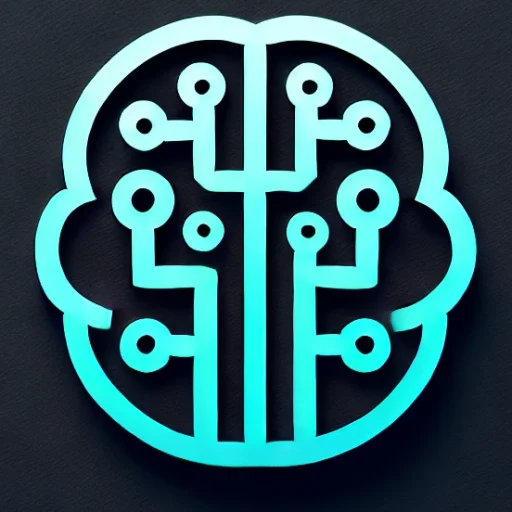
Introduction
As we navigate through the current landscape of artificial intelligence, one topic stands out due to its profound impact and rapid evolution: generative AI. These models, particularly exemplified by technologies like OpenAI’s GPT series and DALL-E, are not only transforming how we interact with technology but are also redefining creative processes and problem-solving across industries. In this blog, we’ll explore the fascinating advancements in generative AI, its real-world applications, and the challenges and future outlook of these transformative technologies.
Key Insights & Latest Advancements
Generative AI involves algorithms that can produce new content, from text to images and even music, that is indistinguishable from human-generated content. The breakthrough of deep learning techniques, particularly in natural language processing (NLP) and computer vision, has propelled generative models to new heights. The development of transformer architectures, such as GPT-3, enables models to generate coherent and contextually relevant text, driving applications in chatbots, content creation, and even complex programming assistance.
The advent of models like DALL-E and its successors illustrate remarkable advancements in AI image and art generation. These models can create intricate images from textual descriptions, pushing the boundaries of what was thought possible. The recent release of GPT-4 further extends these capabilities with more nuanced understanding and creative application potential.
Real-World Applications
Generative AI is not confined to research labs; it is actively reshaping industries:
-
Content Creation: Automated generation of articles, scripts, and creative writing assists writers and marketers in developing content faster and with more variation.
-
Design and Art: Designers leverage AI for inspiration and to produce art and design elements, democratizing access to advanced creative tools.
-
Healthcare: Generative models assist in creating personalized treatment plans and synthesizing medical literature for practitioners, enhancing healthcare delivery.
-
Entertainment: AI-generated scripts and virtual characters are becoming commonplace in video games and movies, offering new forms of interactive experiences.
Challenges & Future Outlook
Despite the impressive capabilities of generative AI, several challenges loom:
-
Ethical Concerns: The potential for misuse in generating deepfakes and misinformation poses significant societal challenges. Ensuring ethical use and developing robust detection methods is paramount.
-
Bias and Fairness: Like all AI models, generative models can perpetuate and even amplify existing biases present in training data. Efforts to make these models equitable and unbiased remain a priority.
-
Intellectual Property: The question of authorship and ownership of AI-generated content continues to be a legal gray area, requiring new regulatory frameworks.
Looking ahead, the integration of generative AI into everyday tools and workflows is inevitable. Continued advancements in model efficiency and multimodal learning—where models handle multiple types of data—are likely to expand the scope of applications further.
Conclusion
Generative AI stands at the forefront of technological innovation, offering unprecedented capabilities that blend creativity with computation. As we harness these tools, it is crucial to balance innovation with ethical considerations, ensuring these powerful models benefit society at large. The journey of generative AI is just beginning, and its trajectory promises to reshape the fabric of technology and art alike.
Key Takeaways
- Generative AI models are transforming industries from content creation to healthcare.
- Recent advancements enable more realistic and context-aware generation capabilities.
- Ethical considerations, bias, and intellectual property rights are critical challenges.
- The future of generative AI will focus on multimodal learning and ethical integration.
Generative AI is not just a technological trend—it’s a profound shift in how we create, interact, and innovate, offering endless possibilities for the future.

